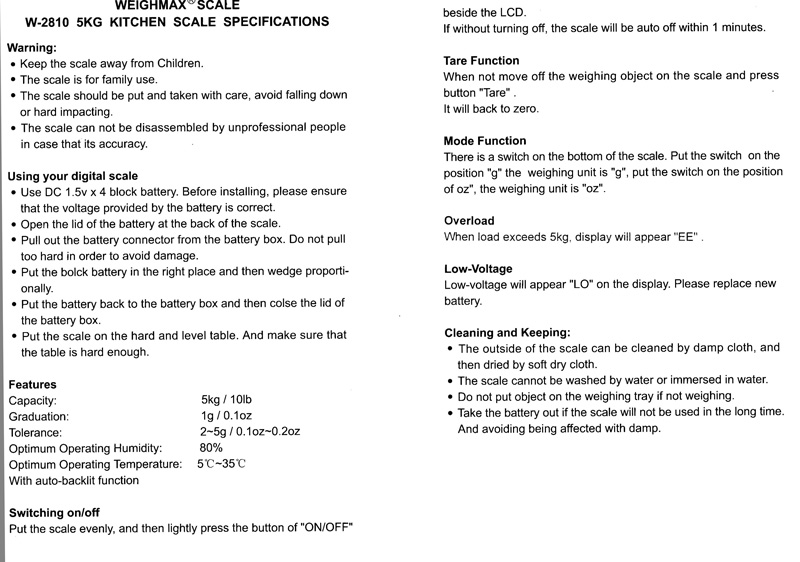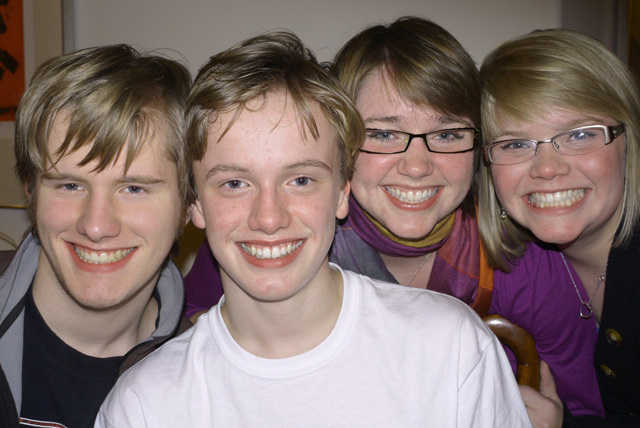Reader Rafe Saber pointed me to this video on YouTube. I’m quite familiar with it, as I own the DVD, but was unaware that Speed/VBD has posted them online. This series of videos has stunning production values and the sound especially is a delight. They’ve lost quite a lot of that quality in the YouTube transmogrifying process (which destroys all video quality!) but even so, the brilliant and wonderful noise of the XK engine still shines through in the first fifty seconds of this clip. I could listen to that sound all day long.
Car Photo of the Day

This might be an easy one, and given the time I’m posting it perhaps it will give folks in the time zone represented by the plate a head start on guessing the make & model.
It was captured at a staging area of a TSD segment at the New England 1000 vintage rally a few years back on the shores of Lake Champlain.
The position of the feet in the frame for some odd reason evoke the cover of Pink Floyd’s “Wish You Were Here” album, and no… nothing in-frame was on fire when I took this.
Adventures in Engrish
The pre-Christmas freeze broke a few pipes in our barn (despite me turning off the water, and draining them beforehand!) and also claimed my handy digital scale. I use it for weighing the catalyst for my BioDiesel production, which has to be measured down to the gram. Variations between various recipes based on waste oil acidity are pretty minor so it is important that I use the right amounts, or I could end up making a giant vat of soapy gunk instead of fuel. Been there, done that, don’t want to go back.
Obviously the scale had some water in it, likely condensation, as things froze hard. Since things have thawed I started up fuel production again, only to find my scale inoperable. It just beeped and the display presented me with gibberish. I did what any motivated tinkerer would do:
- I swapped in new batteries.
- I took it apart, cleaned and reassembled.
- And, when it continued to beep and display gibberish I hurled it violently against the wall.
While it was satisfying to watch it disintegrate into component parts and splintered plastic bits, it doesn’t help me get any closer to weighing Potassium Hydroxide 200-some grams at a time.
Last weekend I went into town to try and find a suitable replacement scale at the hardware store and farmers co-op. No such luck. They had an analog ones, and hanging ones, but no table-top digital models. I grabbed an analog one as I had a batch in-process and thankfully the recipe was very simple (80/80 1kg/200g) so the analog one did the trick but rarely do recipes work out to nice even numbers. I hopped on Amazon.com and snagged a digital scale. It arrived this week and so far has worked great. It is of course of Chinese orgin, like so many consumer products today, and the manual inserted in the box is … interesting to say the least.
I’m usually one of those guys that reads the manual of every thing I buy to use. One of the joys of buying a new car is sitting in the front seat and reading the owner’s manual cover to cover. (Good thing I rarely buy a new car!) This “RTFM” thing comes from years of working in Information Technology I guess.
It is a good thing that a scale’s operation is fairly straightforward, because this manual is absolutely no help in understanding the operational procedures!

Feel free to call out your favorite parts in the comments!
SIA Flashback “It’s a Car! It’s a Motorcycle! It’s Bi-Autogo!

One of the earliest “Car Photo of the Day” shots I posted here (before I even started calling it that) featured the Scipps-Booth Bi-Autogo, which I had seen stuffed in a corner of the Owls Head Transportation Museum in Maine. This bizarro machine from the early days of the last century amazes me. Photographs do not do it justice.
I noted that Hemmings has it on their blog today with reprints of a Special Interest Autos article from 1981 written by the nephew of the man who built it. Worth a read:
Car Photo of the Day: Face to Face with a Legend

Seen at the SOVREN Northwest Historics a few years back.
Seven Years in Two Photographs
Watching children grow up is like observing starfish. It happens so slowly that it is impossible to actually see it happen, but like watching that minute hand move on the big wall clock in fifth grade math class, while it happens almost imperceptibly, it does happen. Photography of course allows us to cheat time and observe moments from the past, and collected photos can form a sort of mental time lapse movie where suddenly those seemingly motionless starfish are wandering all over the tide pools.
In 2003 the entire Goolsbee family visited my parents, this included my two sisters and their families. At the time all four of the grandkids, that is my two boys and my two nieces, all just had braces put on their teeth. I snapped a photo to commemorate the situation:

It is a cute photo and it ended up on the cover of one of those Apple iPhoto books I made for my parents of our week with them, which to this day enjoys a place on their living room table. The photo captures three of the four of them at the end of their childhoods and into their teens. Chris and Caroline were thirteen years old, Lauren was fifteen. The littlest is Nicholas, who was then just ten years old and as you can see the teenagers are all hunched over to match his height for the photo.
Fast-forward your metal time lapse to the end of 2009:

On our last day in Colorado over the Christmas holiday I rounded up all four the grandkids away from their iPods, school reading assignments, and laptops. The intent was to recreate the 2003 shot, with a little art direction from my sister using the original photo on the cover of my parents’ book. Chris & Nick are now over six feet tall. Their cousins, being their mother’s daughters (my sister Cathy is, shall we say… “vertically challenged”) remain about the height they were in 2003. Getting everyone’s head lined up was a bit of a challenge! Both nieces are in college now, with Lauren set to graduate in May. Chris is in college too, and Nick is a sophomore in high school. (Nicholas is also no longer the youngest and certainly not the “littlest” grandkid anymore as my youngest sister had a son 3 years ago.)
The intent of the photograph was to capture their smiles, and the results of all that orthodontics. What I see instead however is seven years of maturity reflected in these four faces. While they’ll always be our children, none of them is really a child anymore.
Car Photo of the Day: Still Life with M-16

As many of you know, I’m not a big fan of car shows. It all boils down to the fact that to me the natural habitat of an automobile is on the road. Static displays detract from the object’s purpose. Overlay the static display with judging, and all sorts of unrelated to cars – but ingrained in human behavior shenanigans ensue.
One such set of shenanigans are cutesy decorations. Those bizarro “leaning kid” dolls lie atop this pile, followed closely by Elvis mannequins, and drive-in trays with plastic burgers on them. Restoration photo books are one thing, as they are at least directly related to what you are looking at, as are period-correct materials about the history of the machine. Lying somewhere between these two extremes is captured above. This display is in a weird grey area between “period correct accessories” and “too cute” (if you could call it that!) I saw this vehicle at the only car show I regularly attend, which is the one put on every June by my little home town of Arlington, WA. I feel like it is important to “show the colors” so to speak and bring my car if I can. Militaria is always sort of an oddball category anyway, and the guys that collect these machines are a tad wacky. The car show organizers never have a judging category for them, so they end up pooled with other oddball (meaning not STOCK OR HOT-ROD DOMESTIC VEHICLES FROM 1925 THROUGH 1975… they always manage to squeeze 20 judging categories out of THAT group!) machines … such as imports, and race cars, and other miscellanea lumped into a giant pot called “Specialty Cars.” Of course guys with 69 Camaros and C2 Corvettes also throw themselves into “Specialty Cars” because they feel like they have a better chance of winning there… go figure. See what I mean about shenanigans?
Anyway the poor Jeep and armored car guys don’t have a hope in hell of winning anything so they usually just congregate in small, camouflaged groups and look a little PTSD’ed. This particular year though this one guy made a run at success with a full-blown Vietnam Era accessory display. If he’d pulled off a hovering Huey squadron he may have won Best of Show, but I think he struck out with just a toy M-16.